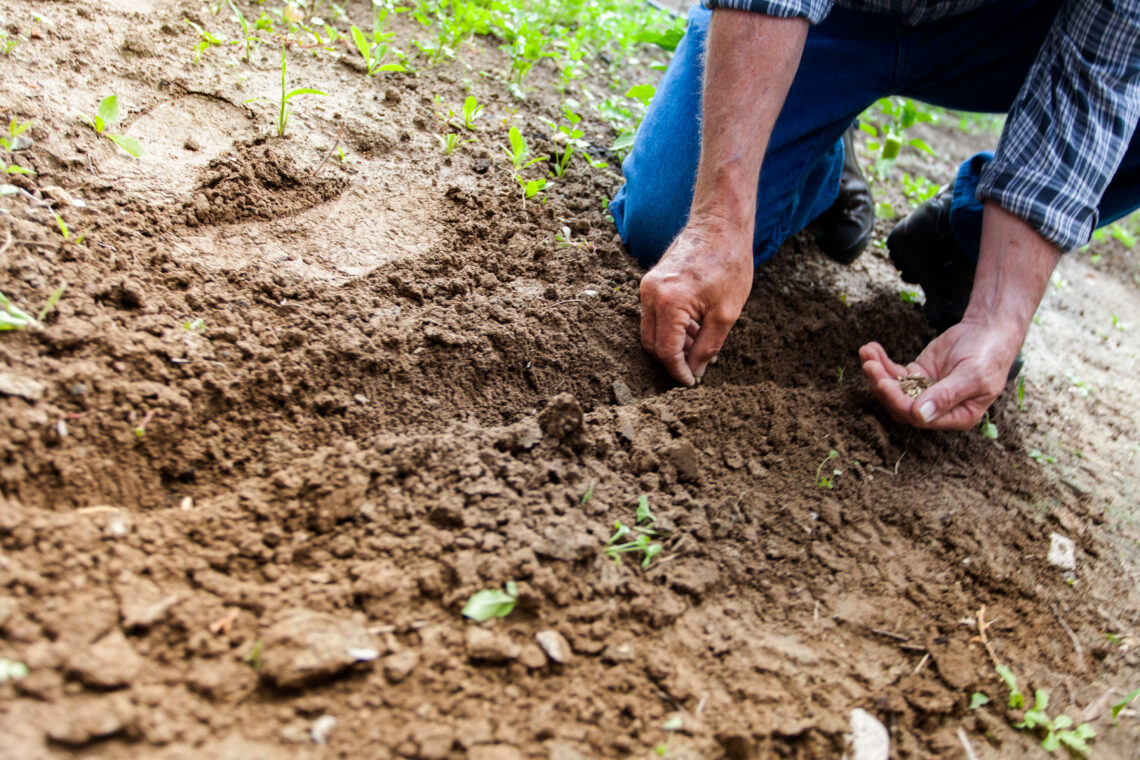Arthritis commonly affects the load bearing joints like knees and hips, or the joints in constant use like fingers and wrists, but it can affect any joint from the top of the spine to the end of the toes.
What part of the body can arthritis affect?
Arthritis can affect any of your joints from the top of the neck to the tip of the toe, however, some joints are more vulnerable to wear and tear than others. It’s a common problem, around 8.75 million people in the UK have asked for care to control osteoarthritis. So, whether your knees creak when you walk downstairs or your fingers are getting a little gnarled and knotted, arthritis could be the cause.
The wear and tear factor
Osteoarthritis occurs as a result of all the hard work that your joints do during your life. The cartilage that acts as a shock absorber and helps the bones glide over each other becomes progressively more damaged and worn away. The space between the bones becomes narrower and with time the sensitive bones can rub against each other, which leads to pain, stiffness and deformity.
The joints that work hardest are more at risk, which means that those responsible for supporting your weight and those that are in constant use can be the first to suffer.
The burden bearers
The joints that support the weight of your body as you move or as you stand are prone to arthritis. People who are overweight are more at risk, as are those who have been very active or who have suffered a sporting injury. The hips, knees and the spine can all be affected.
Osteoarthritis of the knee: More than 4 million people in the UK have osteoarthritis of the knee, in fact, knee problems make up more than half of the overall consultations. The knees put up with plenty of stresses, twists and turns and are vulnerable to injury so it is no surprise that they top the list of joints affected by arthritis. The ageing population and rising levels of obesity mean that the problem is likely to escalate with some 6.5 million people predicted to have problems with knee osteoarthritis by 2020.
Osteoarthritis of the hip: Hip problems are also common, with one study showing that 11% of the population are affected. It can cause pain in the groin, down the thighs and into the buttocks. Sufferers may limp and with increasing damage the leg may appear shorter because of the reduction in the joint space.
Back and neck osteoarthritis: Your spinal column is constantly on call, supporting your posture. The bones of the spine and the shock-absorbing discs in-between are vulnerable to arthritis which can cause pain, stiffness and muscle spasm. 6 million people in the UK suffer from back pain, and although there may be a muscular origin, wear and tear is a factor for many people.
The hard workers
Joints like those in the hands and wrist don’t support weight but they are constantly moving. The daily demands of typing, texting and helping us feed, dress and care for ourselves can cause osteoarthritis.
Hand arthritis: More than 1.5 people in the UK have sought treatment for osteoarthritis in their hands or wrists. Women are more commonly affected, in fact a tendency to develop a type of nodular arthritis in the hands can be passed down from mother to daughter.
The bottom of the thumb and the small joints at the end of the fingers are typically affected, with the joints becoming swollen and sore and gradually developing small, hard lumps giving the hands a knobbly appearance.
If you would like to learn more about arthritis; the history, causes, and the various treatments, see Arthritis: A Deeper Dive
Joint replacements
The vast majority of knee and hip replacements are carried out because of osteoarthritis. When arthritis is affecting your daily function, having a joint replaced really can offer a new lease of life, with respite from pain and freedom to move. More and more procedures are being carried out, with 85,920 knee replacements and 80,194 initial hip replacements reported in 2013 in England, Wales and Northern Ireland.
Pain can be debilitating, both physically and emotionally. A frightening 68% of people with arthritis have reported feeling depressed by their pain, however there are ways of controlling the discomfort and easing movement. If you are suffering, see your doctor for assessment and advice.
Caring for someone with arthritis
The key to helping someone with arthritis is to stay positive and be sensitive to their mental health and wellbeing. Pain isn’t fun, and the reality is that for most people with arthritis the condition will get worse, not better.
If you are caring for someone with arthritis, HomeTouch can help. Simply search by postcode and browse the profiles of self-employed carers near you. All of the carers on our site have gone through a thorough 42-point vetting process, and only 5% are accepted. You choose the carer you want to work with, and we provide support with contracts, payments, and holiday and sickness cover.
Find out more:





